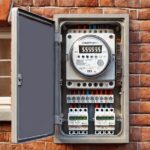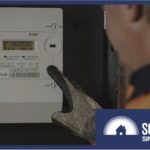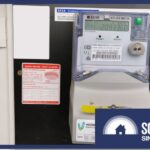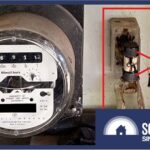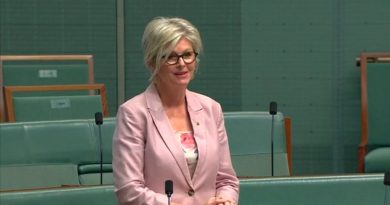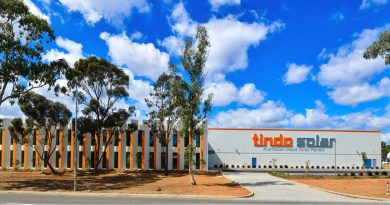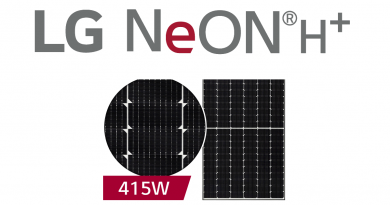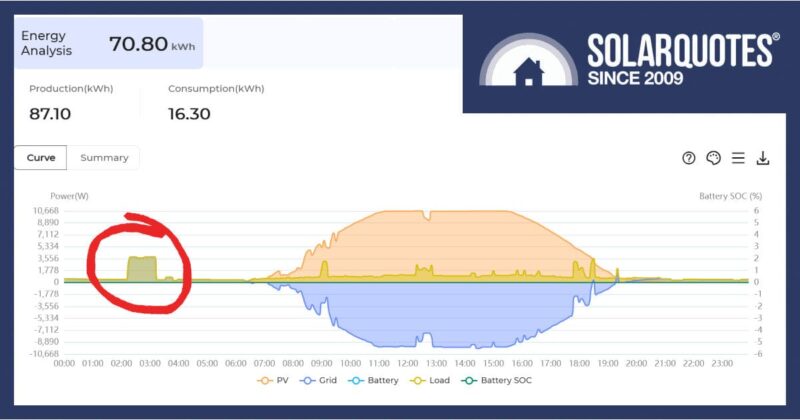Customer Concerns Trigger AEMC Electricity Tariff Pricing Review

The Australian Energy Market Commission (AEMC) says it’s aware of and concerned about electricity retailers applying demand and time-of-use tariffs to households in “unexpected ways”.
Given the rise of consumer energy resources (CER) such as solar power systems, the Australian Energy Market Commission (AEMC) considers smart meters to be the digital foundation for a modern, connected, and efficient energy system. The Commission wants to accelerate smart meter rollout to achieve universal uptake by 2030.
“This means that customers and the broader energy system can get earlier access to the benefits offered by smart meters, lowering costs for energy consumers,” states the Commission.
Smart Meters, Tricky Retailers
But not so fast. There are issues – among them, at times unexpected changes to a household’s electricity tariffs after a smart meter is installed. Last week we mentioned reports of some households hit with hefty demand charges.
Certain electricity plans may offer cheaper grid electricity, but include a demand charge based on peak power draw in kilowatts. Hit the threshold once in a billing period by using multiple power-hungry devices concurrently and a demand charge may be applied to every day of that period. This could potentially add hundreds of dollars to a bill. It’s one thing if a household chooses one of these plans and understands it, quite another if they don’t.
Other unexpected changes can include being shifted onto time-of-use tariffs without notice. This can be beneficial in some cases, for example a solar household with a home battery, but can add to bills in other scenarios. If a solar household isn’t aware of what’s happening, it might lead to a mistaken belief there’s something wrong with their system, or that their solar panels aren’t providing the financial benefits expected. For non-solar households, the impact can be even worse.
The situation has the AEMC’s attention. In her keynote speech at Australian Energy Week held at the Melbourne Convention Centre this week, AEMC Chair Anna Collyer said the Commission has heard ongoing concerns from customers experiencing unexpected changes to their tariffs after having a smart meter installed and will work through those concerns. Ms. Collyer expects the AEMC will need to push back its final determination on the accelerating smart meter deployment initiative to give the Commission time to do this well.
Ms. Collyer said:
“.. we are aware of the fears arising from some customers’ early experiences and that we do not want to blindly push ahead without considering what more we can do to address concerns and avoid a multiplier effect.”
Broader Electricity Tariff Pricing Review
The AEMC will also be carrying out a broader tariff pricing review to occur in parallel with investigating tariffs linked to the accelerated smart meter rollout.
One of the aims of tariff reform is to reduce peak demand in order to avoid having to build out expensive infrastructure to cope; costs that are passed on to all. The blunt (and profitable) tool is making energy more expensive during peak, and less expensive at other times – but this raises questions for the AEMC.
“… is that traditional thinking working now?” asks Ms Collyer. “Are the signals actually getting through that tariff maze, and all the way to customers? What’s the role of retailers in all of this? Will it work at all once we have half the customers with solar panels and batteries, and half without?”
The pricing review will scrutinise some of these structures and whether they work now – and if so, if they will work into the future. But increased consumer protections could be some way off. Households should check their current electricity arrangements and then carefully compare electricity plans to ensure they are on the best deal for their circumstances.
Original Source: https://www.solarquotes.com.au/blog/aemc-electricity-tariffs-mb2942/



